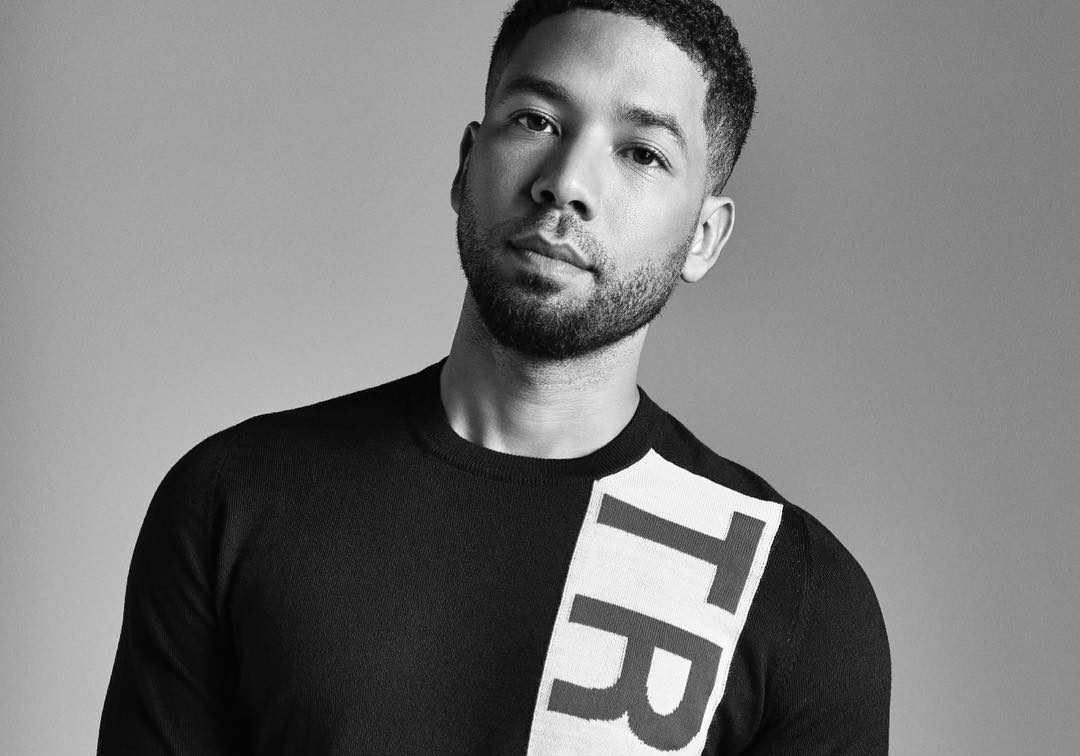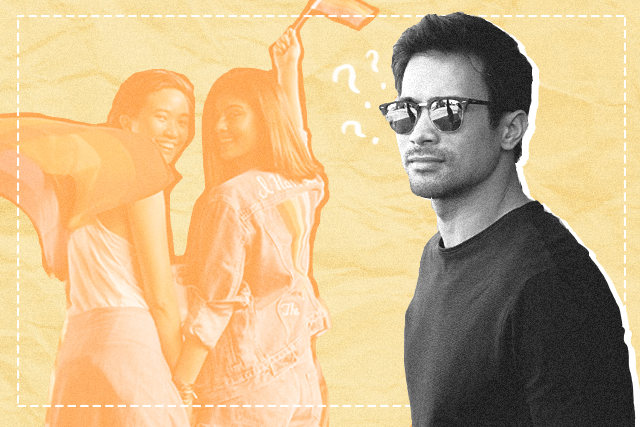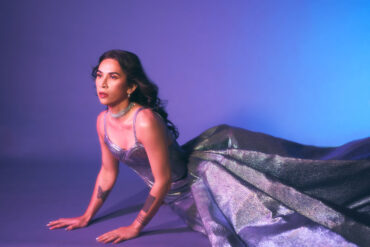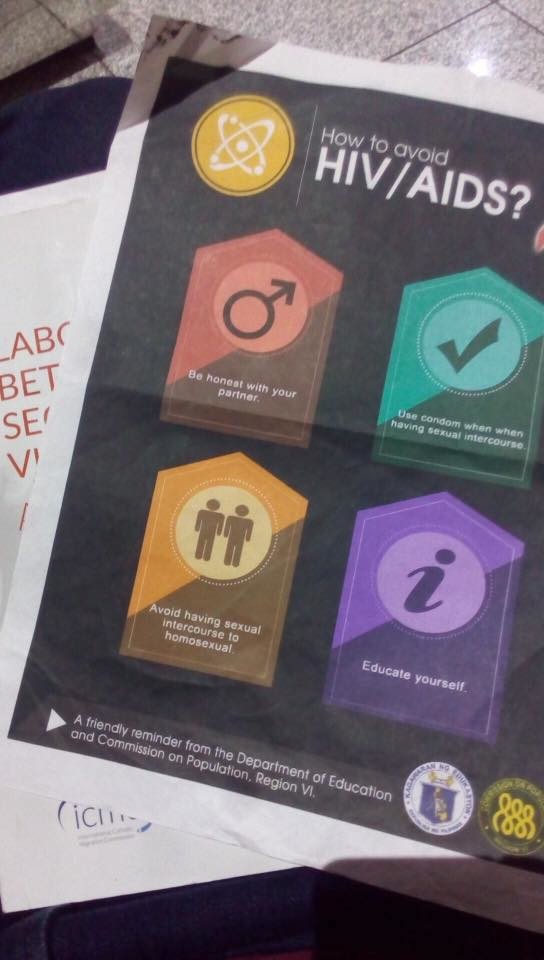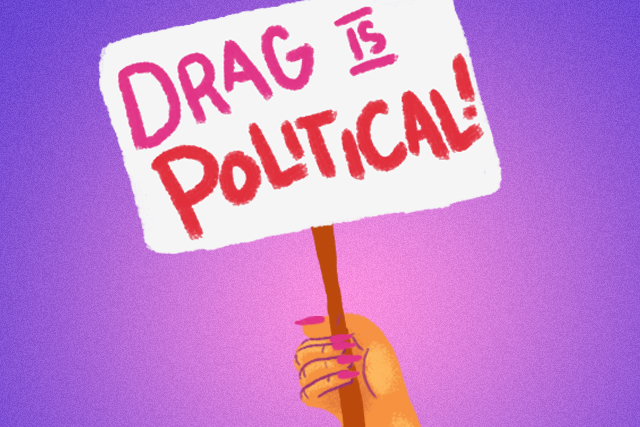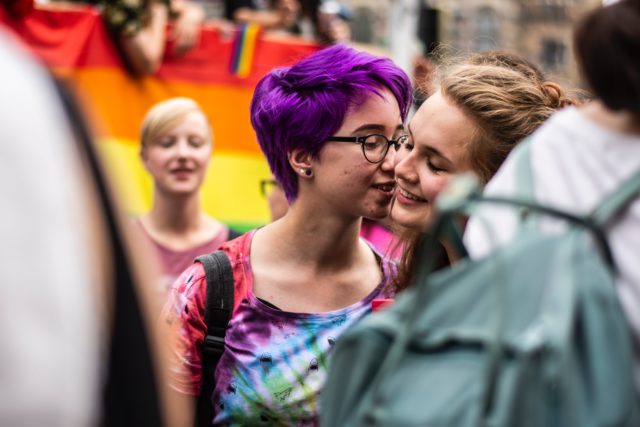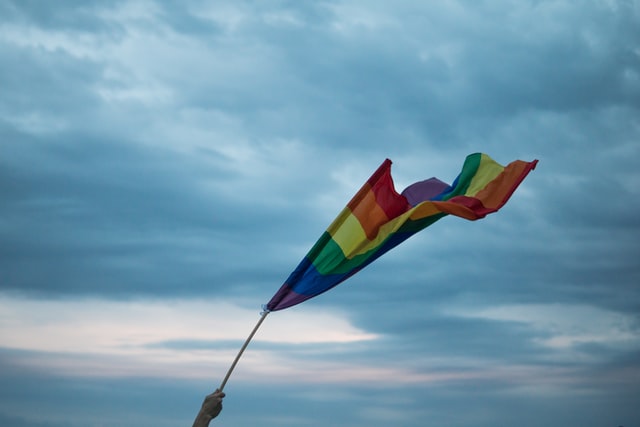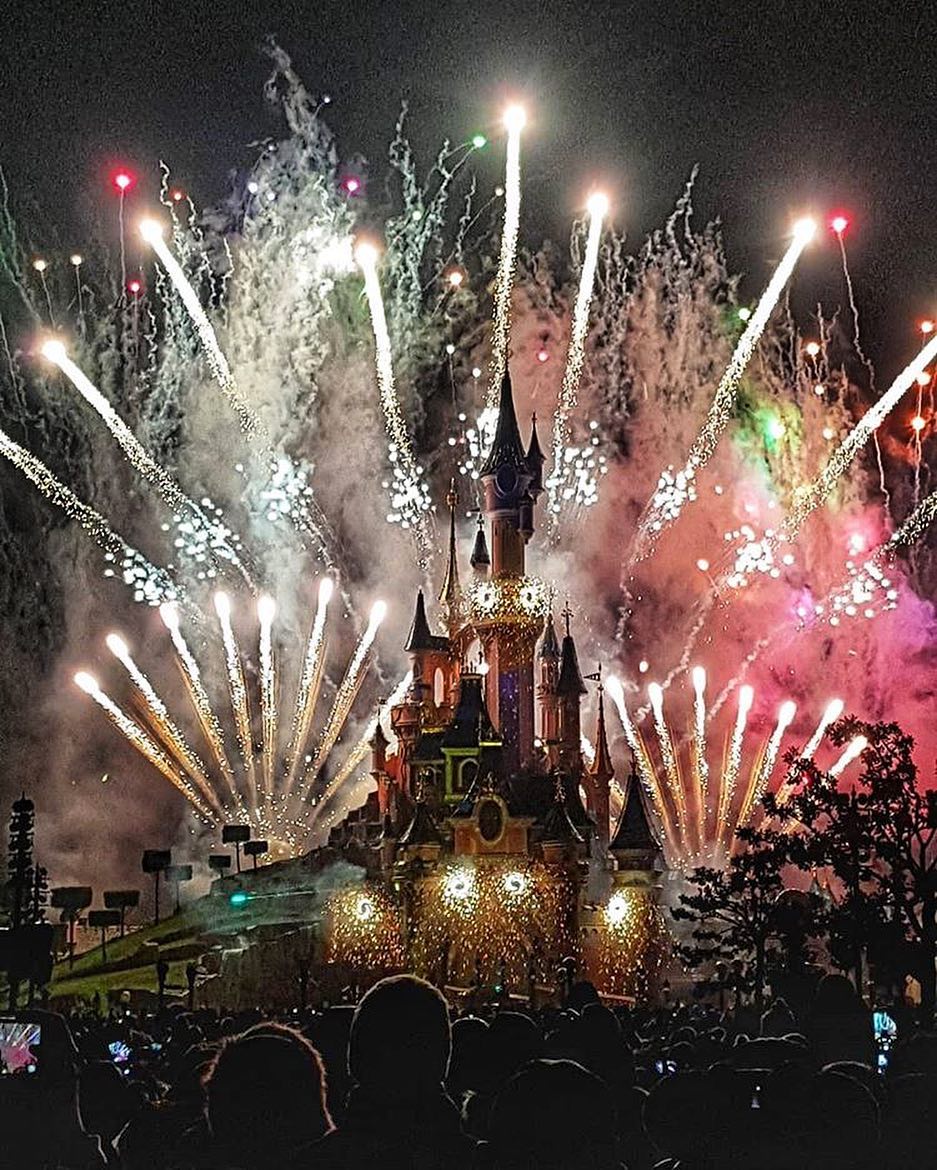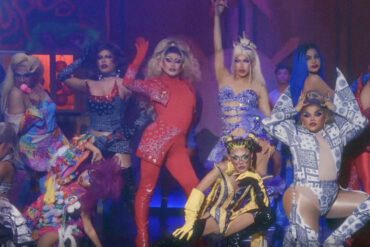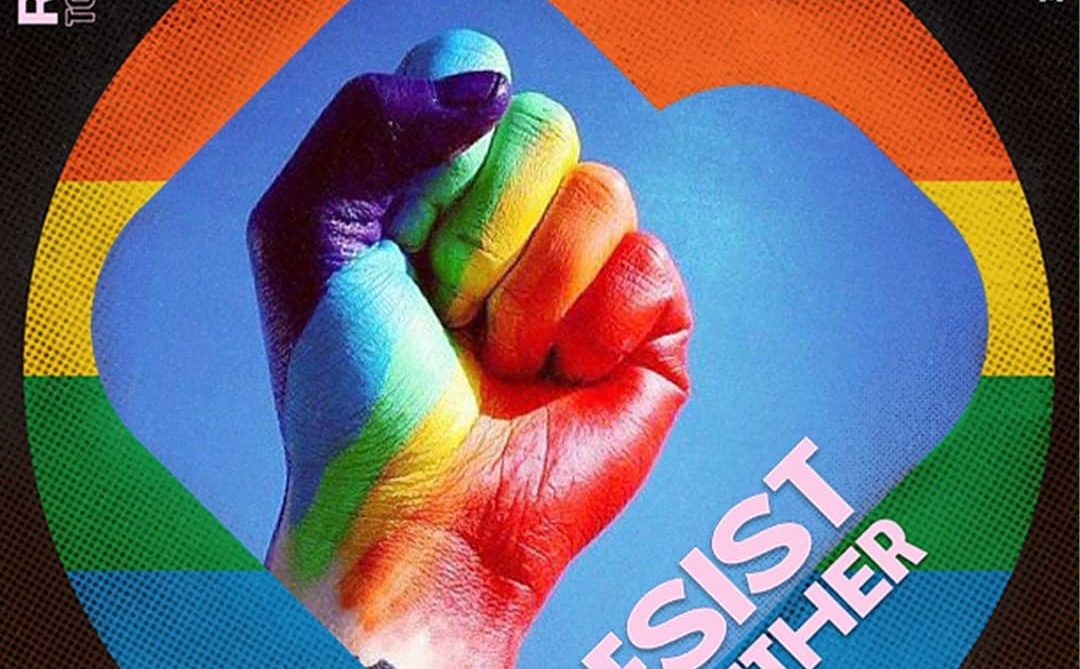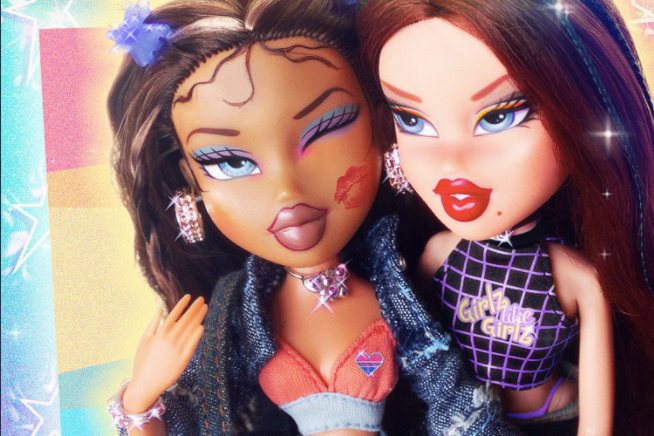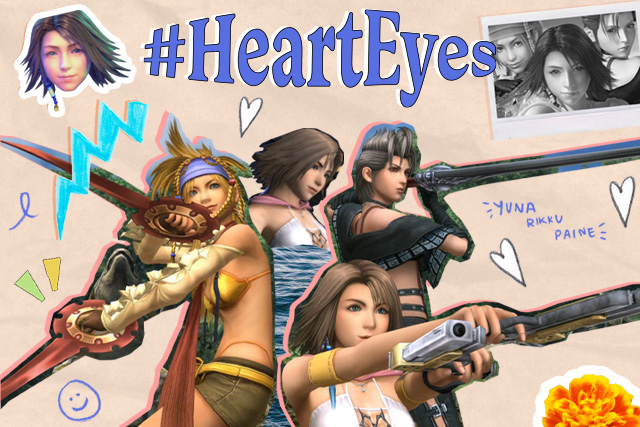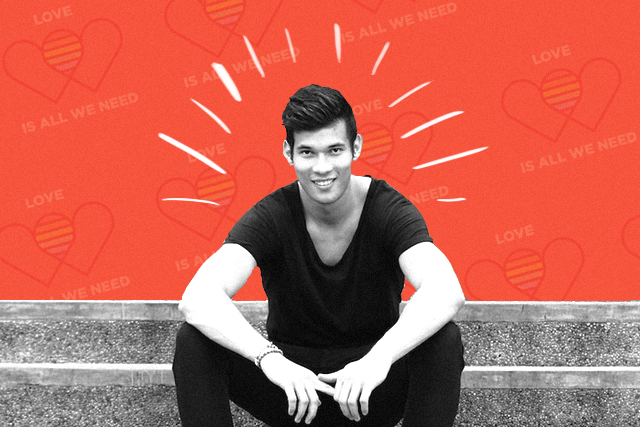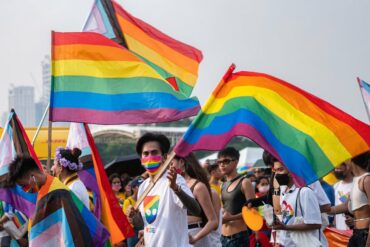In Women
Through the lens of Rodina Singh and her unshakeable ideals
The critically acclaimed indie filmmaker and showrunner talks self-acceptance, the problem with queer cinema, and what a “Drag Den” second season could be like
New den, new rules: Big changes in format has ‘Drag Den’ S2 soaring to new heights
If you’re not a fan of “Drag Den” yet, the second season of the drag reality competition for and by Filipinos will turn you into one
In Queer
Help make Metro Manila Pride and Elephant Pride happen
Let’s keep our local safe spaces alive and thriving this Pride month
